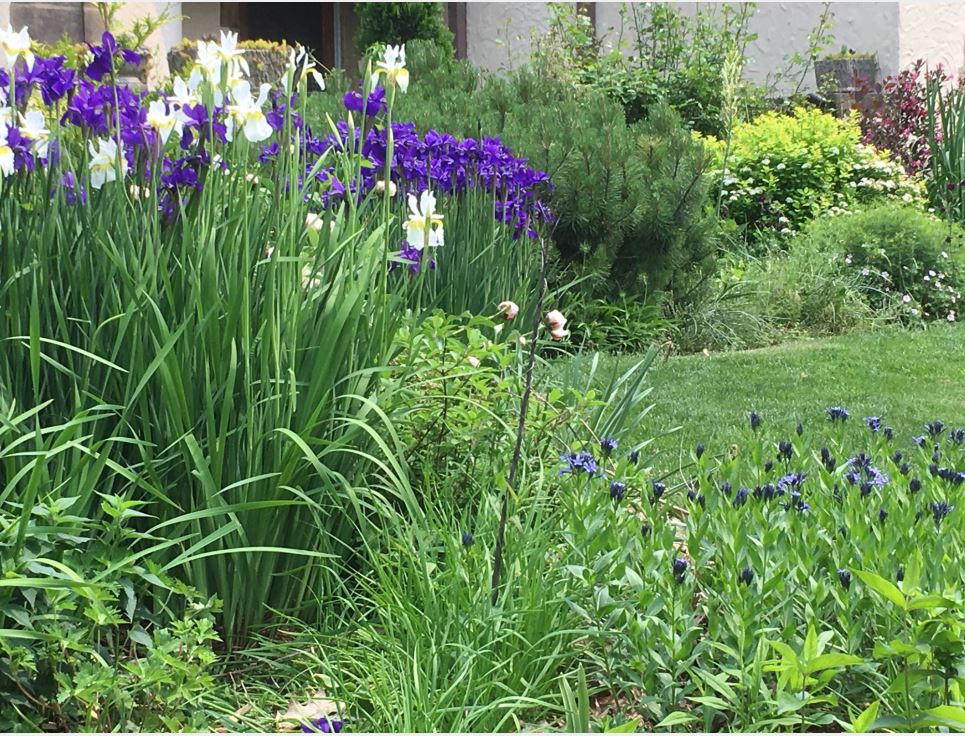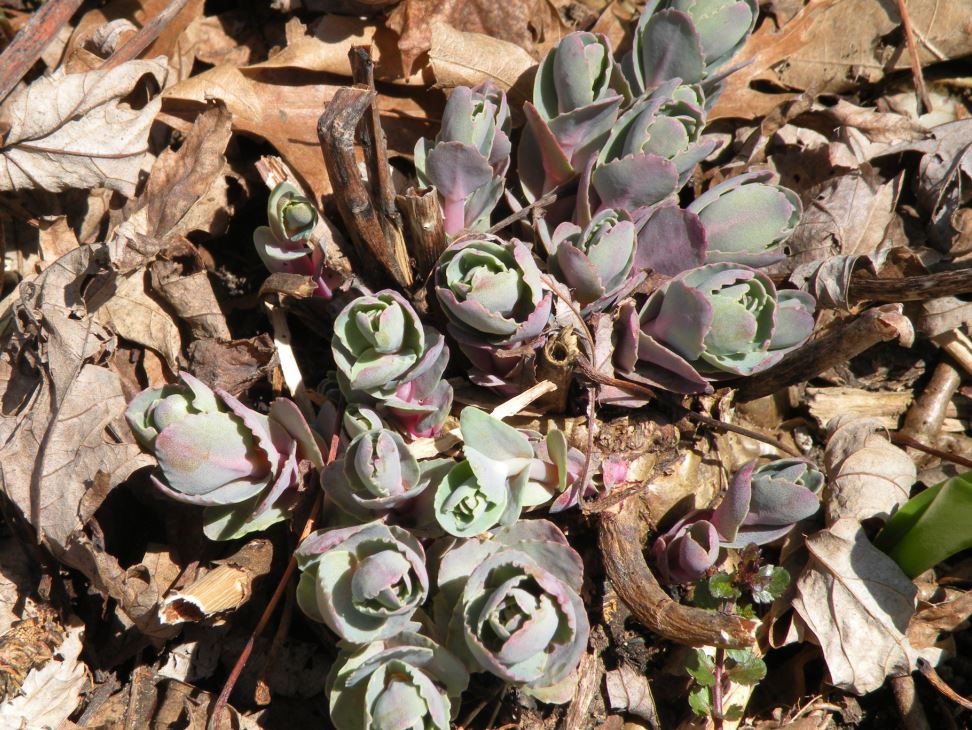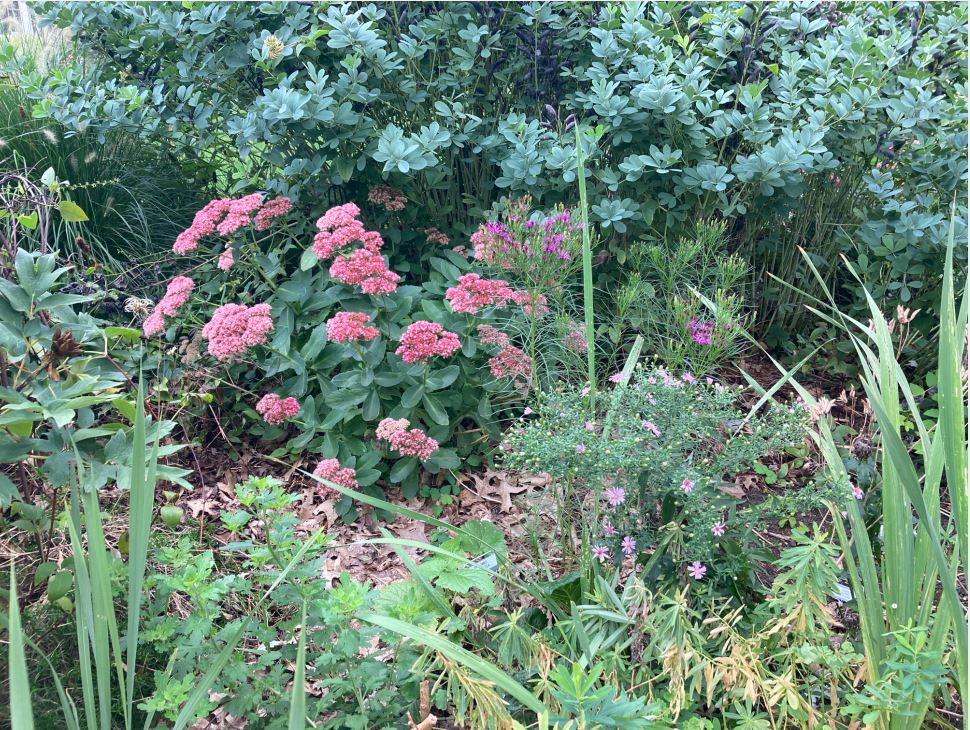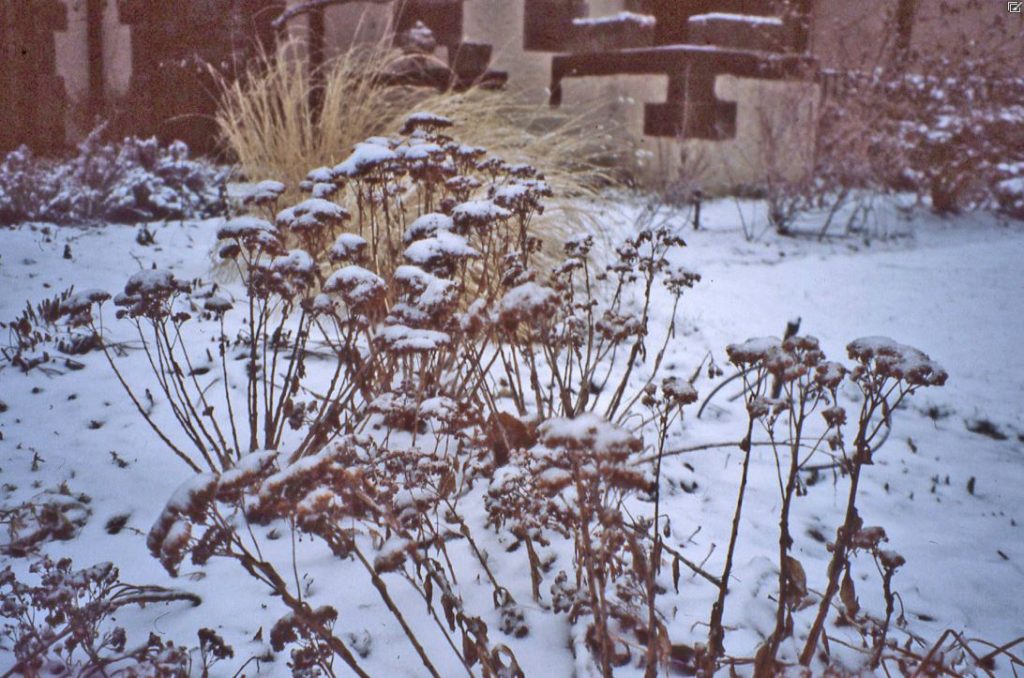When you are a gardener or a landscape designer, every square inch of bed is precious. Therefore, when you can, finding perennials with multiple seasons of interest is invaluable.


Echinacea purpurea (Coneflower) is high on my list. It blooms prolifically from July to September and then, if deadheaded, will rebloom into October and sometimes even into November. The later deadheads I leave up for late fall and winter for the birds and as a reminder that the garden is not dead, merely dormant. Seeds not eaten by the birds will seed into the garden. There are now a plethora of cultivars and colors from which to choose. I highly recommend not selecting Echinacea with double and triple blooms. They are useless to pollinators because the extra petals block nectar and pollen. A bonus is that deer rarely bother Echinacea.


When Iris sibirica (Siberian Iris) foliate in the spring, their narrow, upright leaves are quite distinctive. Then, when they bloom in late May and early June, they are a highlight of the garden. Usually shades of purple, blue and white, there are some harder to find “pink” cultivars as well. I put pink in quotation marks because those cultivars are really shades of lavender and mauve. The seedpods contribute to another season of interest during the summer. Although I tend to leave most pods and deadheads up for the winter, I have found that it’s better to leave only half of the Iris seedpods. This will assure that the plant’s energy will go into flowers instead of seeds for the following year. When temperatures drop in the fall, the green foliage turns bronze and remains that way during the winter. That bronzy color catches the eye because most perennial foliage, if not deciduous, is beige during the winter. Happily, the deer never touch Iris of any species.




There are an infinite number of Sedum species but the one most used in gardens is Sedum spectabile and its cultivars. I have several in the garden but one I have enjoyed the most is ‘ Strawberries and Cream’. Amazingly, the deer mostly ignore it although they do eat some of the other cultivars. In mid-March to early April, once the old stalks are cut down, it is easy to see the lovely succulent rosettes that signal the arrival of Spring. During the summer, the flowering stalks arise, resembling pale green broccoli. In early September, they evolve into pale pink and then deepen to rosy pink. When winter arrives, the flat tops of the deadheads serve as a landing spot for birds and insects. When covered with snow, they look like sculptures.
Do consider these perennials next time you need a plant with more than one season of interest.


0 Comments